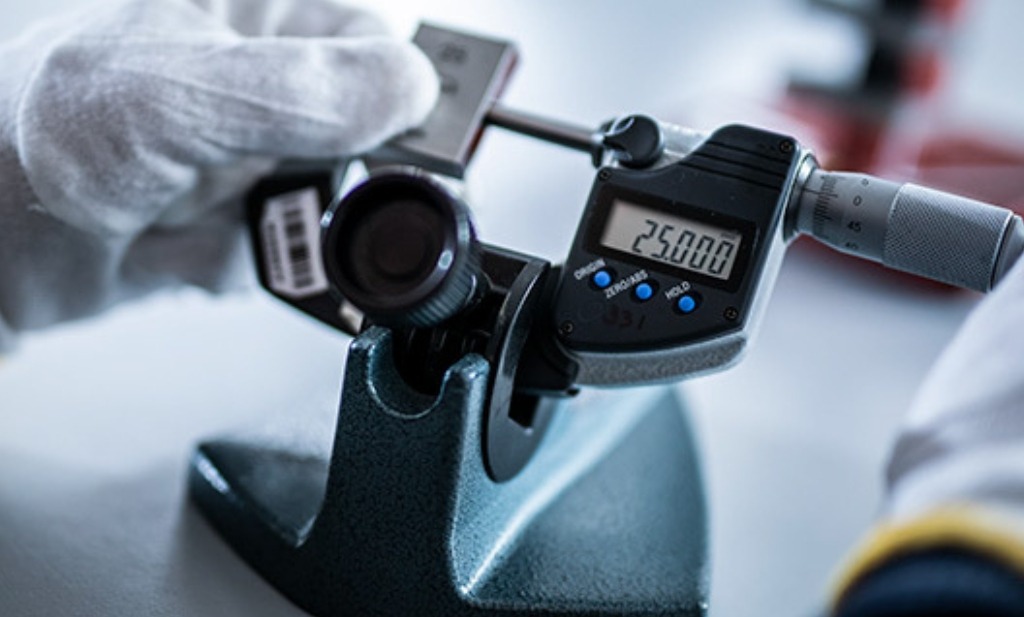Dimensional tools are critical tools for ensuring precise measurements in manufacturing and engineering processes. These tools are used to measure dimensions such as length, width, and thickness to ensure that products and components meet specific specifications. Dimensional tools, like any other tool, can have flaws that cause inaccurate measurements or cause the tool to malfunction.
This blog post will go over the most common defects that can occur in dimensional tools and how to avoid them.
Wear and Tear
Wear and tear is one of the most common defects on dimensional tools. Regular use or exposure to harsh conditions can cause tools to wear out over time. This can result in inaccurate measurements and even irreparable damage to the tool.
How to Prevent:
To avoid wear and tear, use the proper tool for the job and handle it with care. Regular maintenance and cleaning can also help your tools last longer.
Damage
Another common defect on dimensional tools is physical damage. Accidental drops, mishandling, and other types of trauma can cause misalignment or other types of defects that affect the tool’s accuracy.
How to Prevent:
To prevent damage, it’s crucial to handle tools with care and store them properly when not in use. Protective cases or covers can also help prevent damage during transport or storage.
Calibration Issues
Dimensional tools must be calibrated on a regular basis to ensure accurate measurements. Calibration issues are a common flaw that, if not addressed, can cause serious problems.
Calibration problems can be caused by a variety of factors, including wear and tear, damage, or temperature or humidity changes.
How to Prevent:
Calibration issues can be avoided by following the manufacturer’s calibration guidelines and ensuring that tools are calibrated on a regular basis.
Digital Display Issues
Digital dimensional tools, such as calipers or micrometers, may exhibit display issues. This can include a dim or flickering display, inaccurate readings, or other issues.
Battery issues, display damage, or other technical issues can all cause display issues.
How to Prevent:
To avoid display problems, keep tools clean and dry, and replace batteries on a regular basis.
Rust and Corrosion
Rust and corrosion are another common problem with dimensional tools. Metal tools are prone to rust and corrosion, especially if they are exposed to moisture or other corrosive substances.
How to Prevent:
To avoid rust and corrosion, keep tools in a dry, clean, and well-ventilated place. Cleaning and oiling on a regular basis can also help to prevent rust and corrosion.
Improper Handling and Use
Improper handling and application of dimensional tools can also result in flaws. This can include using the incorrect tool for the job, using too much force, or using the tool incorrectly.
How to Prevent:
It’s critical to use the right tool for the job and follow the manufacturer’s guidelines for use to avoid defects caused by improper handling and use. Proper training and education can also aid in the prevention of defects caused by human error.
Loose Fittings and Parts
Finally, loose fittings and parts can cause dimensional tool defects. This can include loose screws, bolts, or other fasteners that impair the accuracy and stability of the tool.
It is critical to inspect tools on a regular basis and tighten any loose fittings or parts to avoid loose fittings and parts.
How to Prevent:
Regular maintenance and cleaning can also aid in the prevention of loose fittings and parts.
Conclusion
Finally, precision engineering and manufacturing require dimensional tools. They are, however, susceptible to a variety of flaws that can impair their accuracy and reliability. Understanding these common flaws and taking preventative measures will ensure that your tools remain accurate and reliable for years to come. Regular maintenance, cleaning, and calibration are required to keep your dimensional tools in excellent working order.
Call us to discuss your calibration, test or repair needs at:
713.944.3139.



